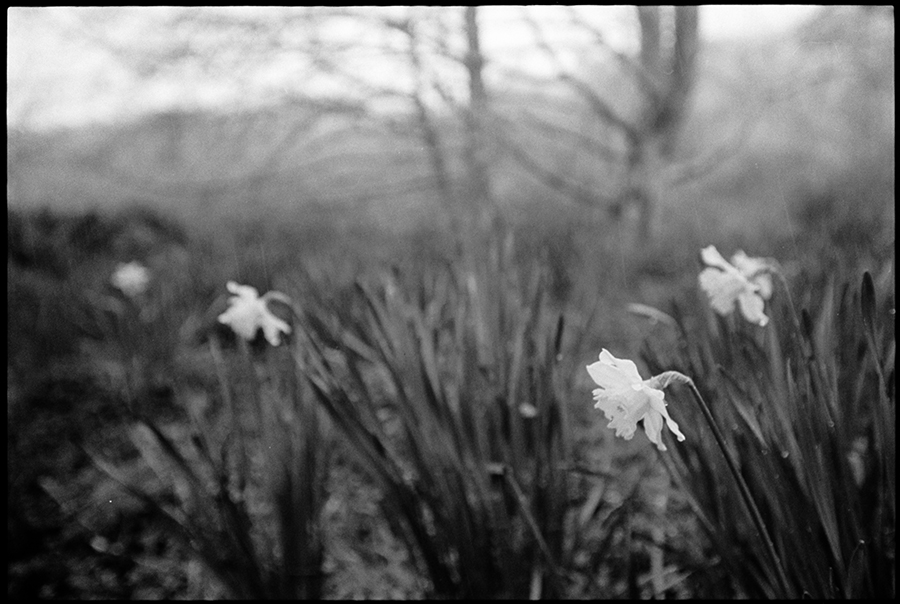Flowers we call daffodils, splashes of deep yellow poking up around coast hillsides in West Marin, are more properly called “narcissus.” They are longtime . . .
Daffodils from the past


Flowers we call daffodils, splashes of deep yellow poking up around coast hillsides in West Marin, are more properly called “narcissus.” They are longtime . . .